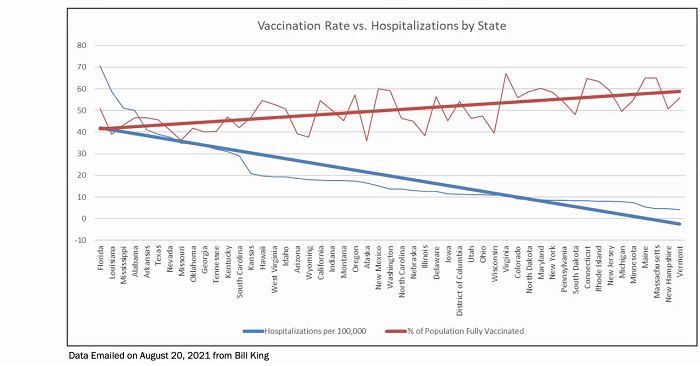A new study from La Jolla Institute for Immunology (LJI) scientists helps answer the question: how long does immunity against COVID-19 last in vaccinated people?
A few highlights:
As they report in Science, a low dose of the Moderna vaccine lasts for at least six months, and there is no indicator that vaccinated people will need a booster shot.
“This time point is critical because that is when true immune memory has formed,” says LJI Research Assistant Professor Daniela Weiskopf, Ph.D., who co-led the study with LJI Professors Alessandro Sette, Dr.Biol.Sci., and Shane Crotty, Ph.D.
In fact, while the Moderna COVID-19 vaccine (mRNA-1273) led to strong CD4+ (helper) T cell, CD8+ (killer) T cell and antibody responses for at least six months after clinical trial participants were fully vaccinated, it is likely that the immune response could last much longer. The researchers also show that this strong immune memory lasted in all age groups tested, including in people over age 70, a demographic especially vulnerable to severe COVID-19.
“The immune memory was stable, and that was impressive,” adds Crotty. “That’s a good indicator of the durability of mRNA vaccines.”
Comparing Moderna vaccine to natural immunity
In fact, the researchers found that the Moderna vaccine spurs an adaptive immune response to the SARS-CoV-2 spike protein (a key target) nearly identical to the immune system’s response to a natural SARS-CoV-2 infection. “The response is comparable,” says Weiskopf. “It’s not higher and it’s not lower.”
Moderna vaccine activates “killer” T cells
The team also filled in an important gap in COVID-19 vaccine research. Until now, many studies had shown an effective CD4+ T cell response to the Moderna vaccine, but CD8+ T cell data was lacking.
“We know naturally infected and recovered people develop excellent CD8+ T cell responses against SARS-CoV-2; however, there was concern about the generation of CD8+ T cells by mRNA vaccines,” says Mateus Triviño.
The new study shows a strong CD8+ T cell response to the low dose Moderna vaccine, similar to the response after a patient fights a natural SARS-CoV-2 infection, says Sette, a renowned T cell expert.
“We see a robust CD8+ T cell response—and we showed that using multiple assays,” adds Weiskopf.
Actual study:
https://www.science.org/doi/10.1126/science.abj9853



